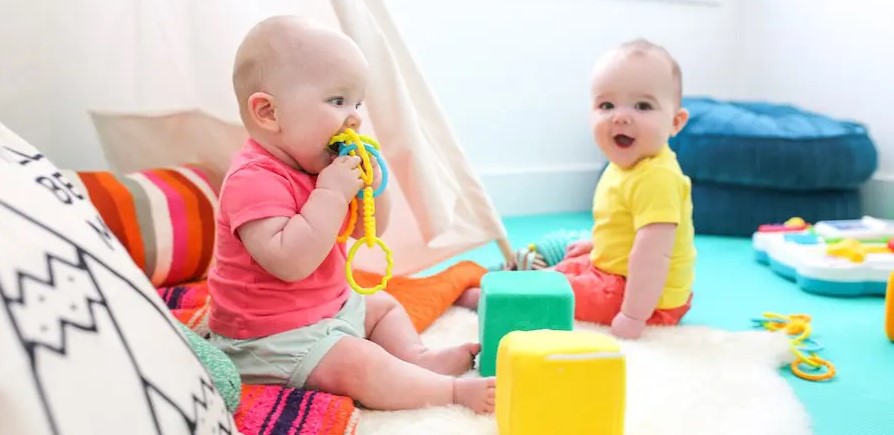Welcoming a new member to the family is a joyous occasion, and ensuring their safety is paramount. One of the key aspects of this safety is choosing the right toys for your baby. In this comprehensive guide, we'll take you through the essential considerations and provide insights into selecting the best, safest baby toys that promote healthy development and peace of mind.
1. Understanding Age-Appropriate Toys: Setting the Foundation
As babies grow and develop at different rates, it's crucial to choose toys that are suitable for their specific age and stage. This not only prevents potential hazards but also ensures that the toys align with their developmental needs. Look for age recommendations on packaging and consider factors like motor skills and cognitive development.
2. Checking for Safety Certifications: Trusting the Experts
When it comes to baby toys, certifications from recognized safety organizations are your allies. Toys that carry labels like ASTM F963 (American Society for Testing and Materials) or the CE mark (European Conformity) have undergone rigorous testing for potential hazards. Prioritize toys with these certifications to guarantee they meet stringent safety standards.
3. Avoiding Small Parts: A Lesson in Preventing Choking Hazards
Babies tend to explore objects by putting them in their mouths. To prevent choking hazards, avoid toys with small parts that could be accidentally ingested. Regularly inspect toys for loose components and ensure they're securely assembled. If a toy can pass through a toilet paper tube, it's best to avoid it for babies under three years old.
4. Opting for Non-Toxic Materials: Protecting Little Explorers
Babies are prone to touching, licking, and sometimes even biting their toys. Choosing toys made from non-toxic materials is crucial to their safety. Opt for toys that are BPA-free, lead-free, and made with water-based paints to avoid exposure to harmful chemicals.
5. Ensuring Sturdy Construction: Durability Meets Safety
Well-constructed toys are not only more likely to withstand baby's playtime, but they also reduce the risk of breakage and sharp edges. Avoid toys with easily detachable parts that could become choking hazards or cause injuries.
6. Soft Toy Safety: Prioritizing Comfort and Safety
Soft toys are favorites for many babies, but it's important to ensure they are well-made. Check for securely stitched seams, non-removable eyes or buttons, and machine washability. Regularly inspect soft toys for wear and tear, and promptly remove any damaged ones.
Conclusion:
Choosing baby toys isn't just about fun; it's about ensuring your little one's safety and promoting healthy development. By understanding age-appropriateness, checking for certifications, avoiding small parts, selecting non-toxic materials, prioritizing sturdy construction, and assessing soft toy safety, you're equipping yourself with the knowledge to make informed choices.
Remember, the best safe baby toys not only engage and entertain but also contribute positively to your child's growth. By following these guidelines, you're not only making playtime enjoyable but also creating a safe environment where your baby can explore, learn, and thrive.



